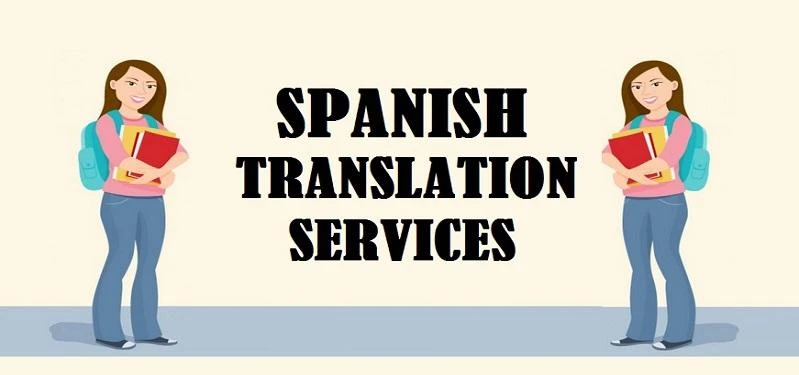The differences between English and Spanish require professional linguists to navigate effectively. From nuances in tone to false cognates (words that look similar but have different meanings) translation involves more than just words.
Fortunately, there are some simple techniques you can apply to improve your English-to-Spanish translation skills. These strategies will ensure that your translations are accurate and resonate with your audience.
1. Use a Grammar Checker
A grammar checker is a program or part of a program that verifies written text for grammatical correctness. They are most often implemented as a feature within larger programs, such as word processors, but they can also be standalone applications.
Many online grammar checkers are available for free, such as Grammarly and LanguageTool. These tools will flag any grammatical errors in your writing, but they may not catch all mistakes or give suggestions that are appropriate in every context. For this reason, it is always important to read through your work carefully after using a grammar checker.
For more advanced grammar checking, you can use Stilus or Sapling. These apps offer more in-depth proofreading features, including suggestions for sentence structure and punctuation. They are available as plugins for WordPress and Word, or can be used independently.
2. Use a Spell Checker
When it comes to writing, a spell checker is a valuable tool for finding typos. However, it is not a replacement for proofreading.
If you are writing in Spanish, be sure to use a spelling checker that has a Spanish dictionary and understands Spanish morphology. This will help you avoid errors that would not be caught by a simple spell check.
In addition, be aware that formality matters in Spanish. For example, you should be careful not to mix the informal and formal versions of the word “you”. The casual translation is t and the formal is usted. This can create confusion for your audience. This also applies to other words with different tones, such as “sir” and “ma’am.” See the full Head Start Style Guide for additional details.
3. Look Up Words in a Dictionary
If you’re unsure of how to translate a particular word from PDFT.AI, try looking it up in a dictionary. Not only will this give you the meaning of the word in English, but it will also often provide other helpful information like synonyms and grammatical context.
Using a dictionary will also help you avoid using colloquialisms and slang in your text. These types of words may not translate well and can leave you with a text that does not sound natural.
Many translation websites and apps do not recognize these kinds of phrases and will produce a literal translation that may not make sense. To avoid this, it is best to use a professional translator and save any phrases you frequently use for reference. This way you can ensure that your texts are as accurate as possible.
4. Practice Your Pronunciation
There are some sounds in English that can be difficult for non-native speakers, such as the letter R or the sound th. However, there are many strategies that can help you improve your pronunciation. One of the best is to listen to recordings of native speakers, as this will give you a good idea of how to pronounce different sounds in English.
Another useful trick is to read aloud and pay attention to word stress and intonation. This can be especially helpful when learning poems or speeches. You can also try to learn the words to popular English songs, and sing along. This will not only improve your pronunciation but also help you understand the rhythm of English.
Professional linguists can provide you with translation services that are accurate and meaningful to your audience. For example, we can translate your content into the Spanish dialect spoken in your target market, ensuring that it resonates with your customers. Contact us today for more information!
5. Check Your Grammar
When it comes to translating English to Spanish, grammar is key. There are many differences between the two languages, such as verb conjugation, word order and noun gender. It is also important to consider cultural differences, such as slang and idioms. Additionally, it is important to check for cognates (words that are the same in different languages) and hyphenation.
Another thing to keep in mind is that English can be more formal than Spanish, especially when it comes to marketing materials. This difference is why it is important to check your translations for proper form and tone of voice. Additionally, it is important to make sure that your marketing materials are culturally appropriate for your target audience. This includes checking for slang, idioms and pop culture references.
